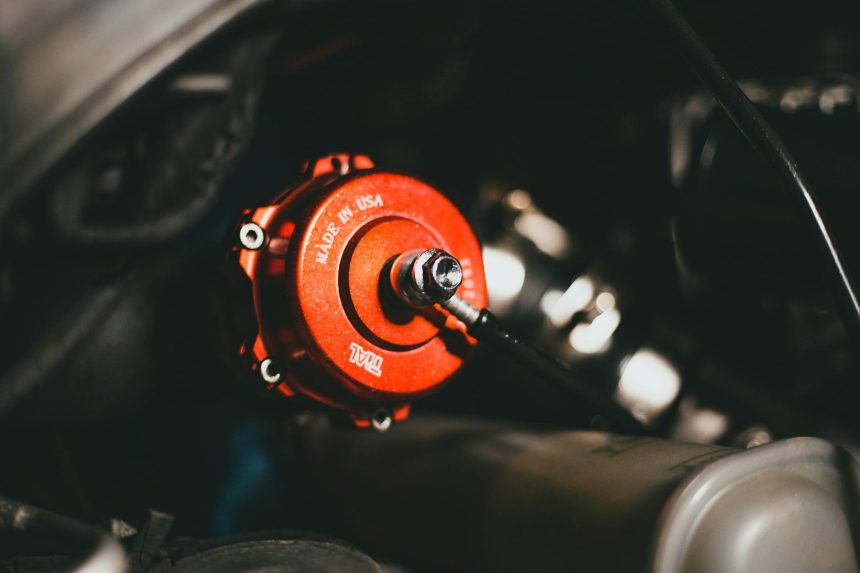carbon-capture-louisiana
Carbon Capture Louisiana: 5 Decades of Innovation & What’s Next?
For nearly five decades, Louisiana has quietly been at the forefront of a critical climate solution: carbon capture. This pioneering spirit in the energy sector, particularly concerning CO2 transportation and injection, has established a robust foundation for the state’s sustainable future. As the global conversation shifts towards decarbonization, understanding the deep-rooted history and future potential of Carbon Capture Louisiana becomes essential for anyone interested in energy innovation and environmental stewardship.
The Enduring Legacy of Carbon Capture Louisiana
Louisiana’s journey with carbon management isn’t a recent development; it’s a story rooted in decades of practical application within its thriving energy industry. This long-standing expertise provides a unique advantage as the state looks to expand its role in the global energy transition.
A Historical Perspective: From Oil Fields to Climate Solutions
Initially, the practice of injecting CO2 into geological formations in Louisiana was primarily linked to enhanced oil recovery (EOR). This technique utilized CO2 to increase crude oil production from mature wells, demonstrating the effectiveness and safety of subsurface CO2 injection. Over time, as climate concerns grew, this established infrastructure and technical know-how pivoted towards dedicated carbon capture and storage (CCS) for industrial emissions, laying the groundwork for modern Carbon Capture Louisiana initiatives.
Understanding CO2 Transportation and Injection
The process of carbon capture involves several key stages, each perfected over years of operation in Louisiana. It begins with capturing CO2 from industrial sources, followed by its safe and efficient transport, and finally, its permanent storage deep underground.
- Capture: Industrial facilities, such as power plants or petrochemical complexes, isolate CO2 from their emissions.
- Transportation: The captured CO2 is then compressed and moved via a network of pipelines, leveraging existing infrastructure where possible.
- Injection: Once transported, the CO2 is injected into carefully selected deep geological formations, typically saline aquifers or depleted oil and gas reservoirs, where it is securely stored.
- Monitoring: Rigorous monitoring ensures the CO2 remains safely sequestered, preventing its return to the atmosphere.
Driving Decarbonization: Why Louisiana is Key
Louisiana’s unique geographical and industrial landscape positions it as a critical player in scaling carbon capture technologies. The state possesses a confluence of factors that make it ideal for large-scale decarbonization efforts, attracting significant investment and innovation.
Robust Infrastructure and Geological Advantages
The Gulf Coast region, and Louisiana specifically, boasts unparalleled geological storage capacity and an extensive existing pipeline infrastructure. This combination drastically reduces the cost and complexity of developing new carbon capture projects.
- Vast Storage Potential: Deep saline aquifers along the Gulf Coast offer immense capacity for permanent CO2 storage, far exceeding current industrial emission levels.
- Existing Pipeline Networks: Decades of oil and gas operations have left Louisiana with a dense network of pipelines, many of which can be repurposed or expanded for CO2 transport.
- Proximity to Industrial Emitters: The state’s heavy industrial corridor, including petrochemical plants and refineries, is located near these storage sites, minimizing transportation distances.
- Expert Workforce: A skilled workforce with decades of experience in subsurface operations, pipeline management, and geological assessment is readily available.
For more insights into the region’s geological storage potential, the U.S. Department of Energy’s National Energy Technology Laboratory provides comprehensive resources on carbon storage in the Gulf Coast. Learn more about carbon storage research.
Economic Impact and Future Growth
Beyond its environmental benefits, the expansion of Carbon Capture Louisiana initiatives promises significant economic advantages. These projects are poised to create new jobs, stimulate investment, and help retain the state’s industrial base in a carbon-constrained world. By offering a pathway to reduce industrial emissions, Louisiana can maintain its competitive edge in key sectors while fostering innovation in green technologies and contributing to a sustainable energy transition.
Navigating Challenges and Embracing Innovation
While Louisiana’s foundation in carbon capture is strong, the path forward involves addressing regulatory complexities, fostering public understanding, and continuously integrating new technological advancements. These efforts are crucial for scaling CCS to meet ambitious climate targets.
Regulatory Frameworks and Public Perception
Developing clear, predictable regulatory frameworks is vital for attracting investment and ensuring safe, effective operations. Louisiana is actively working to streamline permitting processes, such as obtaining primacy for Class VI injection wells, which are specifically for CO2 storage. Alongside regulatory clarity, building public trust and understanding through transparent communication about the safety and benefits of carbon capture is paramount for community acceptance and project success.
Emerging Technologies in Carbon Management
Innovation continues to drive the evolution of carbon capture. Researchers are exploring advanced capture materials, more energy-efficient separation processes, and novel CO2 utilization methods that could transform captured carbon into valuable products. These ongoing advancements promise to make carbon capture even more cost-effective and widespread, further solidifying Louisiana’s role as a leader in carbon management solutions.
Institutions like the Global CCS Institute track the latest developments and projects worldwide, offering a valuable perspective on the future of carbon capture technologies. Explore global CCS insights.
Louisiana’s five-decade journey with CO2 transportation and injection positions it as a cornerstone in the global effort to decarbonize. With its robust infrastructure, geological advantages, and a skilled workforce, Carbon Capture Louisiana is not just a historical footnote but a dynamic, evolving sector critical to the state’s economic and environmental future. As we look ahead, Louisiana’s leadership will be instrumental in demonstrating how industrial activity can coexist with ambitious climate goals.
Ready to delve deeper into Louisiana’s energy transition? Share your thoughts in the comments below or explore more of our insights on sustainable energy solutions.
Featured image provided by Pexels — photo by Erik Mclean





